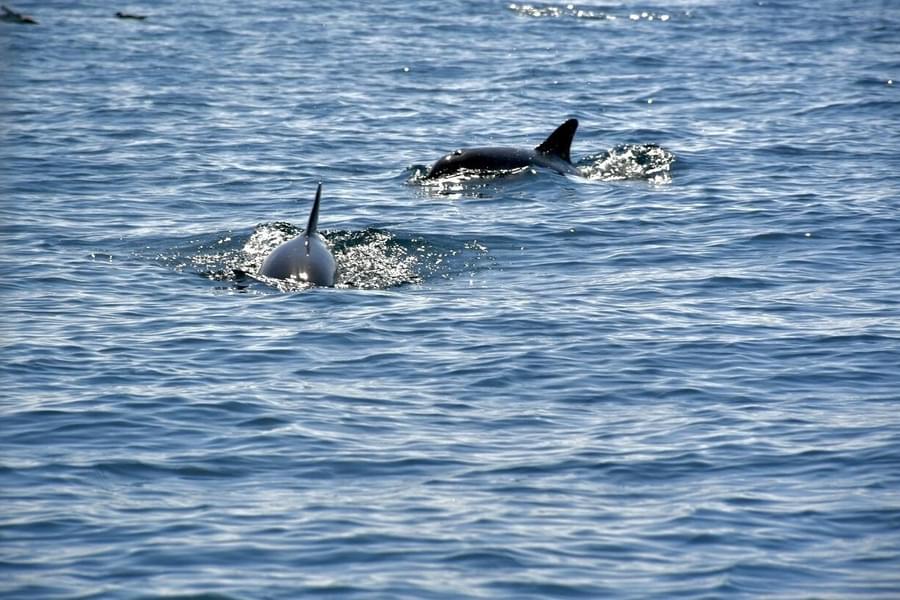Mapping out critical marine mammal habitats is essential for effective conservation. After all, we can’t protect marine mammals if we don’t know where they are, what they are doing, and which habitats are vital to their survival. Collecting this data is the most important first step in protecting marine mammal populations. Despite our current knowledge, there are still so many species of cetaceans (the group of marine mammals comprising whales, dolphins and porpoises) about which we know very little. This gap in understanding highlights the importance of continuing our population monitoring efforts. We must consistently research these animals and improve our knowledge of which habitats and populations require urgent protection.
Part of our role as Ocean Conservationists is to collect data on cetacean distribution and behaviours at sea. ORCA’s amazing industry partners, like Ambassador, help us achieve our objectives by providing us the opportunity to conduct research whilst aboard their ship. We set off on our UK and Ireland voyage with Ambassador to collect vital data and also to deliver workshops, presentations, and showcase the rich marine life to passengers on board.
After boarding Ambassador’s Ambition in Liverpool, we were keen to get out on deck and start surveying to make the most of the few hours of remaining daylight. After attending the safety drill and dropping our bags off in our cabins, we met up on deck 12, ready to see what wildlife we could spot. Watching for wildlife, especially fast-moving marine mammals, requires patience, a keen eye for detail, and the ability to spot the slightest movement from afar (and a bit of luck and timing on your side!).
After an hour or so of carefully observing the sea surface, Jake spotted a couple of harbour porpoises – distinguishable by their triangular dorsal fin and stout, small bodies in comparison to dolphins (see below). The pair surfaced in such perfect synchrony that it took a keen eye to spot that there were two present. Harbour porpoises are rather shy and elusive, and this was the first time I had seen them despite their abundance in UK waters, so I was very excited that Jake pointed them out! We continued surveying until daylight faded. Though we didn’t spot any other cetaceans, we thoroughly enjoyed watching lots of seabirds, including several graceful Northern gannets flying past the ship.

The following day, after departing from Belfast, we headed straight back on deck to start surveying. After around an hour, we hadn’t spotted anything, and a heavy fog began to descend, making it impossible for us to see clearly. There was something eerily beautiful about looking out into the fog covering the sea. I couldn’t help but wish for a dorsal fin to suddenly emerge and cut through the grey wisps. Alas, we had to call it a night with no sightings on this occasion. After I returned to my cabin, I sat with my face pressed up against the window, hoping to catch a glimpse of a dorsal fin or the silhouette of a whale breaching under the moonlight. Even though we didn’t spot anything on this day, the anticipation of what we might see and chatting to passengers about cetaceans still made it an enjoyable evening.
The next morning, as we travelled to Cork, we had much better visibility and a reasonably calm sea, which can make spotting cetaceans a bit easier. We enjoyed chatting to guests up on deck about what species we might be lucky enough to observe. During our survey, we were thrilled to spot our first common dolphins of the trip! It’s so exciting and often catches you completely off guard when dolphins suddenly appear next to the ship or leap out from beneath the waves. Dolphins are often seen engaging in a behaviour known as “bow-riding”, where they swim in the waves created by the ship’s bow. It is thought that they use the waves as a means of travelling whilst saving energy, and also, they do seem to enjoy this!
Common dolphins have a worldwide distribution and are typically seen in offshore waters and are particularly common in the North East Atlantic. They are easily identifiable by their distinctive hourglass or criss-cross markings on their flanks (see below). This species faces several threats, with bycatch (accidental capture in fishing gear) being a significant concern. Therefore, collecting data on their distribution at sea is vital for their conservation and to help mitigate the impacts of human activity. I think that common dolphins are a very beautiful and visually striking species, and their acrobatic displays are truly mesmerising! We saw several pods of common dolphins, logging all of our sightings on the OceanWatchers app to contribute to ORCA’s sightings database. This data is crucial for building a comprehensive picture of cetacean distribution, identifying important habitats, and tracking any changes or shifts in populations. These insights enable ORCA to develop targeted conservation efforts and advocate for protective legislation.
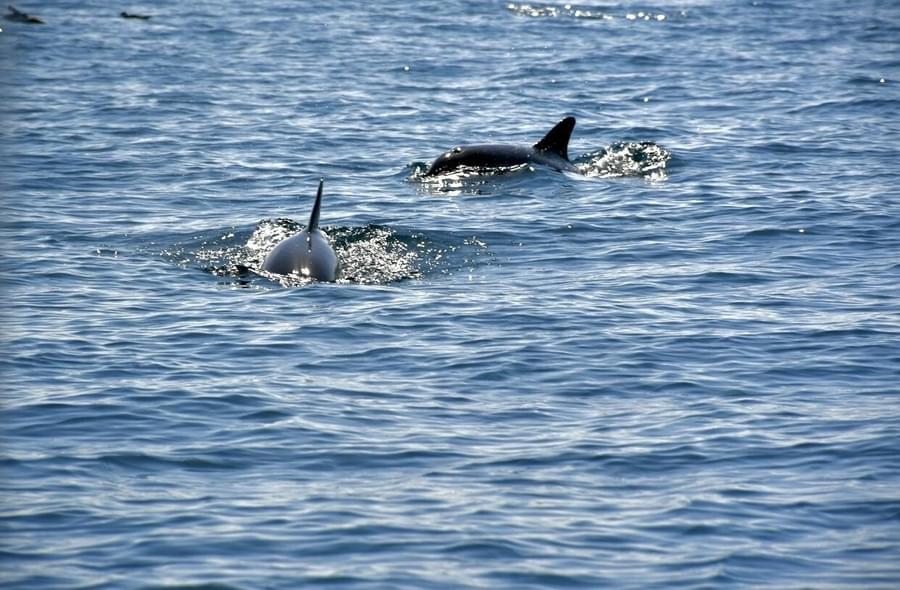
As we headed for Falmouth the following day, we were up bright and early again to start surveying at sunrise. After scanning the sea surface and spotting several pods of common dolphins leaping gracefully out of the water, Jake noticed a huge group of seabirds, including gannets, gulls, and shearwaters up ahead. Watching for seabird activity is a really great way to spot cetaceans as it means there’s fish, and where there’s fish, there’s often cetaceans feeding! Sure enough, after looking closely with our binoculars, we were delighted to discover a feeding bonanza of common dolphins! It’s always exciting to see dolphins, but to witness a feeding frenzy like this was truly spectacular! There was so much activity with the dolphins launching themselves out of the water and fast surfacing to catch their prey. It was hard to know where to look! These powerful swimmers make this type of high-speed aerial activity look effortless when in reality it requires incredible strength and stamina.
Watching the dolphins hunting really made me appreciate how these animals are perfectly adapted to survive in the challenging environment they inhabit. They have streamlined, hydrodynamic bodies, incredible hunting skills, and impressive group coordination. It was also fascinating to see the fission-fusion social dynamics in real time as the huge pod of at least 50 dolphins splintered off into several smaller groups before reuniting to travel onwards.
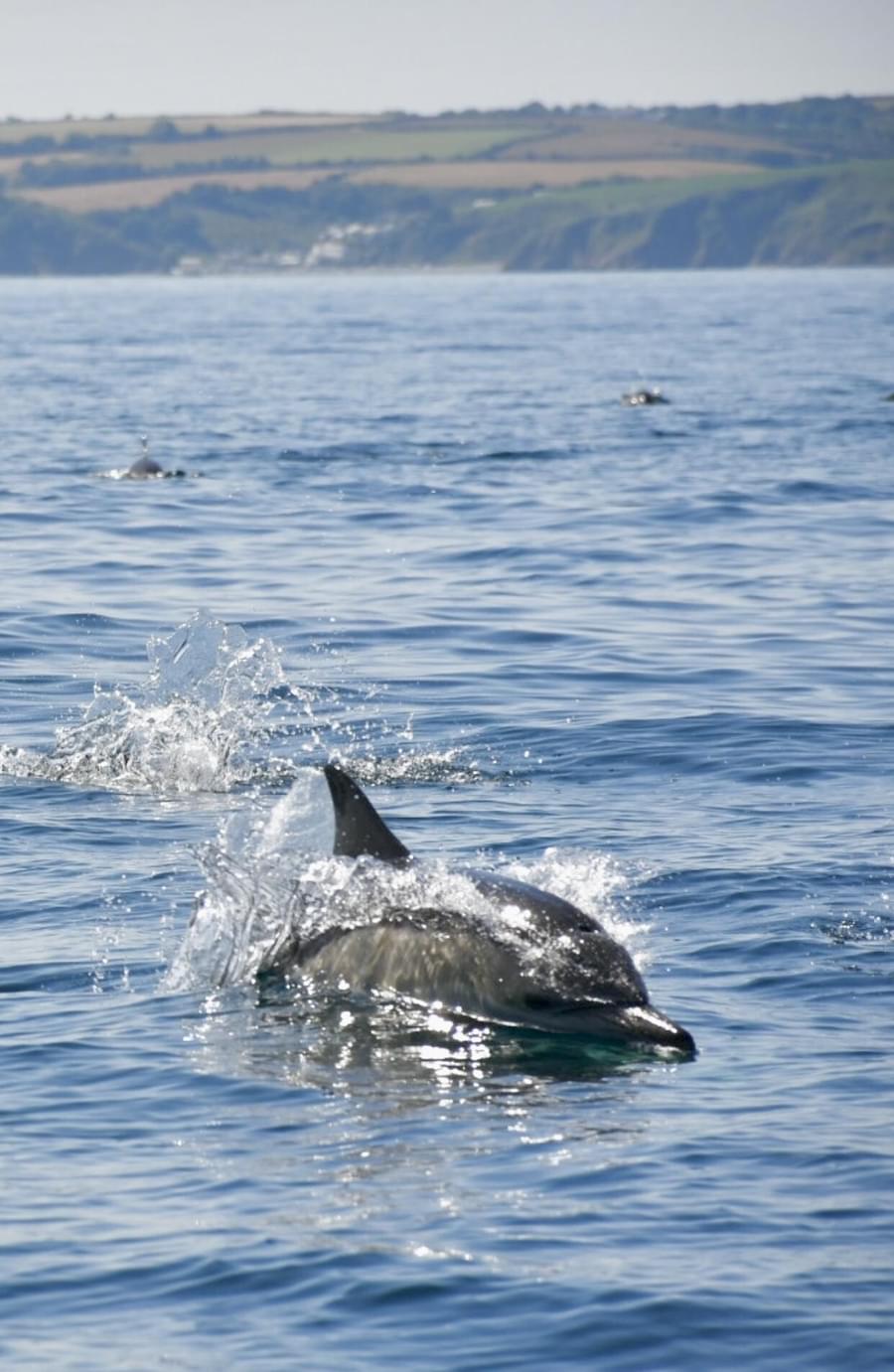
The final day of the trip was our first full sea day. We were up early again to start surveying and were excited to see more common dolphins! We took a quick pit-stop for breakfast but sat next to the window and kept our eyes on the water. We were able to spot even more common dolphins porpoising across the horizon and pointed them out to guests whilst they were having their breakfast. What an amazing way to start the day!
After a flurry of dolphin activity in the morning, sightings slowed down a bit until we spotted another marine mammal, a grey seal! Seals belong to a group of marine mammals known as pinnipeds (this translates as “fin footed”), which includes seals, sea lions, and walruses. Grey seals are common in the UK and Ireland, with the UK hosting around 40% of the global population. The seal was engaged in a type of at-sea resting behaviour known as “bottling”, whereby the seal rests its body vertically beneath the surface while pointing its head and snout skywards.
Later in the day, we spotted an ocean sunfish (also known as mola mola), which was another first for me, and several more pods of common dolphins that were attracted to the ship. It is always a thrill to spot these incredible animals in their natural habitat- and to share this with guests on board is so rewarding. Helping people to spot and enjoy the wildlife in our seas really is a privilege. We had several more intermittent sightings of common dolphins for the remainder of our final day, and again, we really enjoyed spotting all kinds of other wildlife from jellyfish floating past the ship to gorgeous seabirds and another random seal!
This trip was a reminder of the incredible wildlife that is present right on our doorstep if you take the time to look for it! It is our responsibility to protect the fascinating and ecologically important animals that call our oceans home. We need healthy populations of whales, dolphins, and porpoises (and indeed seabirds, seals, and all other species of marine life!) for healthy oceans. We need healthy oceans as they are the lungs of our planet. To take part in this trip and contribute towards ORCA’s vital data collection was a fantastic experience and one that was personally rewarding for me as someone that cares deeply about marine mammals and their conservation.
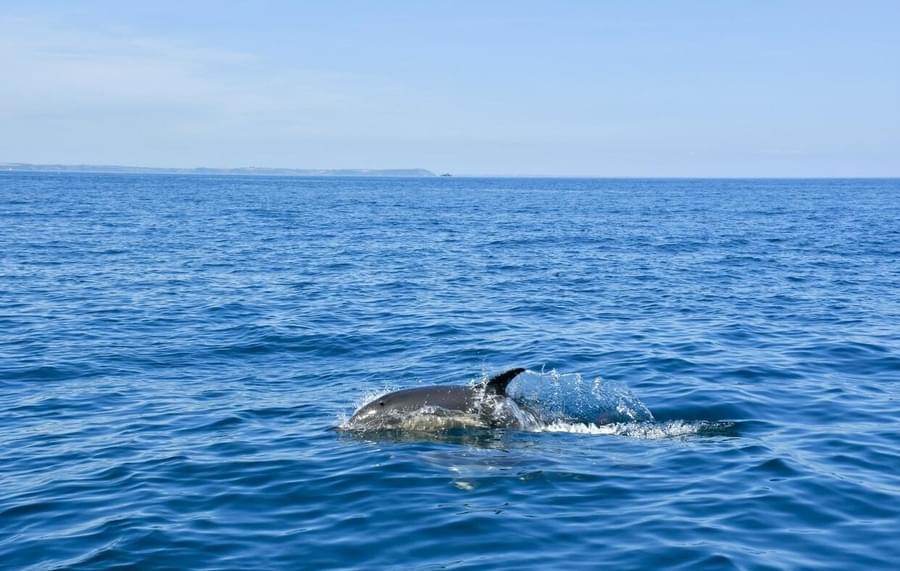
How Can You Help?
There are so many ways that you can help ORCA continue our work protecting whales, dolphins, and porpoises. You could become a citizen scientist yourself and get out on a survey at sea after completing one of our training courses. We have a range of options- all of which are suitable for complete beginners and experienced wildlife watchers alike. You could sign up to one of our memberships and get exciting updates on our work and directly contribute to our ongoing research. No matter how you choose to support our work, you can help us ensure that we keep our seas alive with whales, dolphins, and porpoises for future generations.
Whether you’re a seasoned conservationist or someone who just loves the ocean, there’s a place for you in the fight to protect our marine life. By participating in surveys, sharing knowledge, or even spreading awareness, you can make a difference. The ocean is vast and full of wonderful creatures, but it’s also fragile and under threat now more than ever. Together, we can help protect it and the incredible animals that call it home.
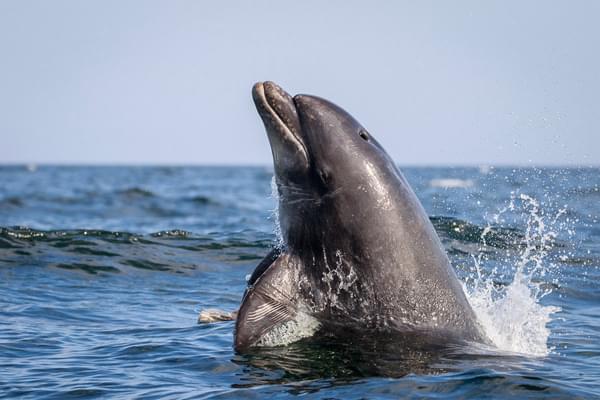
Citizen science is at the heart of everything we do and this year we have made it even easier to get involved in whale and dolphin conservation with our brand new e-learning courses. These new courses are the perfect introduction to the world beneath the waves and will teach you everything you need to know about spotting, identifying and record vital scientific data on these incredible animals so that you too can help ORCA's conservation work. Visit learn.orca.org.uk to find out more and start your journey to helping us protect whales and dolphins around the world.

